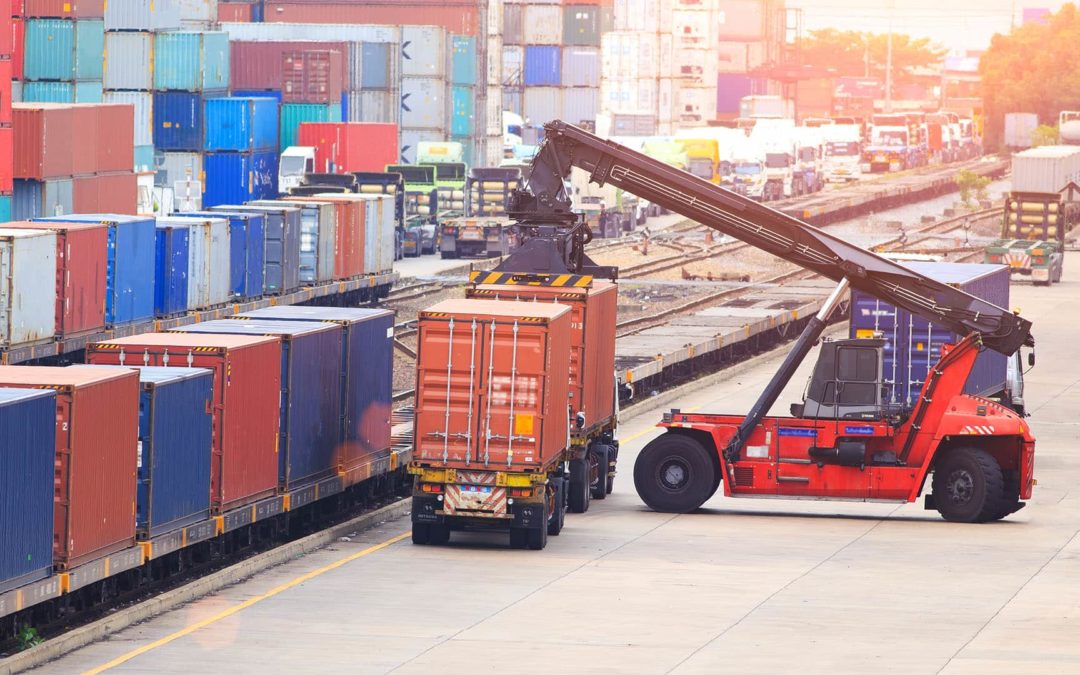How shippers are using advanced applications to create more streamlined supply chains that include their dock and yard activities.
Spikes in order volume, changes in customer demand, unreliable forecasting and unexpected logistics snarls can all take a toll on the smooth-running supply chain. And while much focus has been put on the activity that takes place within the four walls of a warehouse or plant—and what happens once the goods are on the road, rails, or oceans—the area that lies between those two points is very often ignored.
This reality has led to the yard and dock being labeled as the “black holes” of the supply chain, similar to those places in space where gravity pulls so much that even light can’t get out. These gaps in visibility can directly impact effective inventory management, lead to high demurrage/detention fees and force companies to stock more than they need right at a time when everyone is looking to do more with less.
Putting Technology to Work
By orchestrating trucks, trailers and other vehicles moving in and out of the warehouse or distribution center (DC) yard, yard management systems (YMS) help expedite traffic, improve inventory management and provide real-time location information for assets out in the yard.
“They digitalize a process once done using clipboards, paper, and handheld radios, and work in sync with warehouse management systems (WMS) and transportation management systems (TMS) to support fast, accurate tracking of both trailers and their contents,” Supply Chain Management Review points out.
On the dock, real-time door scheduling tools let dispatchers, warehouse managers, carriers, drivers and logistics providers work together to create a highly transparent and visible dock and yard operation. A SaaS-based application that provides real-time visibility to make scheduling dock appointments easier and more accurate, IntelliTrans’ DockMaster solution is a dock door scheduling tool that eliminates any black holes that may exist outside of the plant’s, warehouse’s or distribution center’s four walls.
“Many companies pay insufficient attention to what is going on in the yard despite increased congestion, adversely affecting a driver’s Hours of Service (HoS) requirements and, therefore, driver satisfaction,” said Ken Sherman, president at IntelliTrans. “Being a shipper of choice is crucial in today’s supply chain, and having dissatisfied drivers at your carriers does not result in that outcome. It is estimated that the trucking industry loses $1.3 billion annually waiting at customer facilities to pick up and deliver cargo.”
It Does the Heavy Lifting for You
DockMaster helps shippers and carriers improve communications and reduce errors. Planning labor to ensure workers are available to load and unload cargo helps keep drivers on the road, reducing congestion in the yard. Shippers use DockMaster to schedule pickups and deliveries by their selected carriers, routing them to a pre-assigned loading or unloading door.
“Carriers charge accessorial fees to shippers to drive better behavior. Detention time is a big issue for fleets and can lead to demurrage fees that eat into profits,” Sherman said. “IntelliTrans DockMaster improves efficiencies and reduces wait times. It also reduces excess greenhouse gas emissions caused by trucks idling at your facilities.”
With DockMaster, shippers get real-time visibility into what is happening in the yard. They can configure an appointment book for any location in minutes based on its business rules. Carriers schedule dock appointments online, and they know which products to load, the hours of operation of the shipper, shipping instructions, and more. The application also eliminates bottlenecks at the dock or in the yard: one shipper went from 64% of loads subject to demurrage to 15% within the first month of using the solution.
Outbound and subsequent inbound scheduling can provide advance shipping notifications and proofs of delivery throughout the supply chain. DockMaster is also a module within the IntelliTrans TMS, allowing users to manage their rail, truck, intermodal, ocean and barge shipments in a single platform.
.jpg)
IntelliTrans’ Global Control Tower provides high levels of supply chain transparency; aggregates, completes, and enhances data from a variety of sources; offers visibility into and execution of different aspects of the supply chain; and generates data-driven alerts and analytics that ask deeper questions and deliver meaningful insights.
By leveraging tracking information, the Global Control Tower provides analytics that measures key performance indicators (KPIs) like fleet cycle time, origin/destination dwell time, lane and hauler performance, back orders, freight spend, load optimization, and more. With their rate, equipment, lease, tracking, and invoice data in a central repository that’s accessible 24/7, companies can position themselves for success in any market conditions.

